I have been trying Python+OpenCV for quite long time already and followed many tutorials in order to identify particles in the following image:

My ultimate goal is to identify every particle, from there I will be able to e.g. count number of particles, calculate a size distribution, etc.
I have already tried to customize many examples several sites. I got good hints based on:
- How to define the markers for Watershed in OpenCV?
- Counting particles using image processing in python
Although I was not able to achieve decent results.
How can I identify particles in this image using Python and OpenCV?


